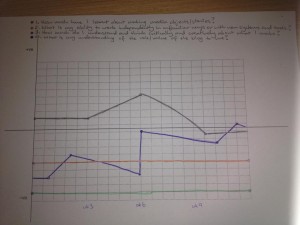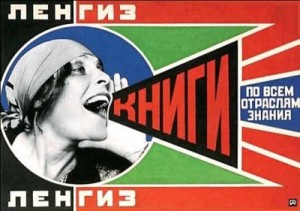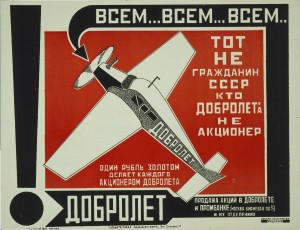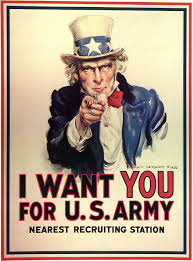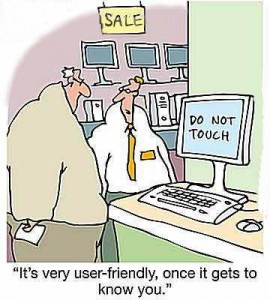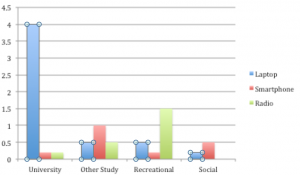From a list of prompts in our class we were asked to choose one that we could engage with and discuss for our blog.
The idea that humanity is in charge of it’s own future is comforting and reassuring. Furthermore, I believe it to be true. There have been fears and theories that the control of the world and humanity is increasingly being given to machines. Also true. The machination of various industries and processes is central to the way that the world as we know it operates. Films such as “Blade Runner” and “Frankenstein” depict dystopic scenarios where the things we have created become conscience enough to alter the way humanity works. (I acknowledge they were both based on books, from very different contexts but their recreation as films specifically portrays the timelessness of this argument. Hence I have referred to them both as “films”.) I do feel that this argument is centred around power and authority within society, and does so on a level that is intrinsically human – it is not natural, it has been fabricated, BY HUMANS.
Therefore, I believe that as we do become increasingly reliant on technology and conscious, intuitive devices we do so in an environment that is essentially human. Our ability to time-line events, arguments and ideas is what will keep us in charge of our past, our present, and our future. In relative discussion of the theories behind Blade Runner, Frankenstein and other narratives of the creationist control, their repetition and revisiting in society demonstrates that they too, operate on a timeline of humanity. We as individuals and a collective are responsible for the creation and transmission of ideas, technologies and culture, which when seen to exist with perpetuity in quintessentially human contexts means we remain in charge of our future.
